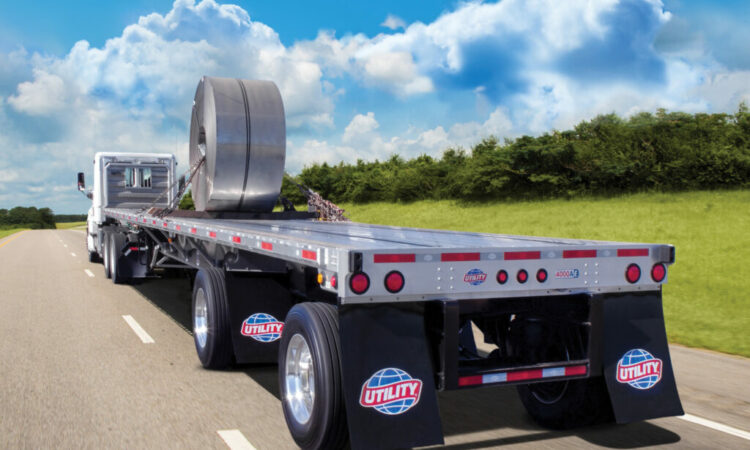Not everything you hear on the street or are told by another driver regarding cargo securement is totally accurate. Unfortunately, these misperceptions can lead to expensive citations and even being placed out-of-service.
Here are 5 myths you may have heard about from a friend whose hairdresser’s brother is a commercial vehicle enforcement officer.
Myth: Tarp straps (bungee cords) need to be rated with a working load limit.
Fact: Tarp straps, or rubber bungee cords are not considered a primary tiedown and are not suitable for use as tiedowns even if they have a WLL embossed in the rubber. (Yes, you can buy them like that). Canadian inspectors will not accept bungee cords for use as anything but tarp straps, and they do not need to be rated when used in that capacity.
Myth: Chains require a working load limit tag.
Fact: The marking/rating of chain is established through recommendations from the National Association of Chain Manufactures. The chain needs only to be embossed with the manufacturer’s identification and the grade of the chain at intervals no greater than one foot. For example, you’ll find the numbers 7, 70 or 700, embossed on Grade 70 transport chain.
Myth: Lever-style or over-center chain binders are illegal.
Fact: Certain shippers ban the use of lever-style binders, sometimes called bear traps, for reasons that have more to do with the potential for cargo damage. But there is no regulatory exclusion for these tiedown devices. With that said, users are cautioned not to over-tighten the lever or use a cinch bar to pull them closed. That can stretch or over-stress the chain and/or anchor point, especially when using short lengths of cargo chain.
Myth: Synthetic web straps must have both a stenciled marking and a rating label.
Fact: You need one or the other. Both are not required. All such tiedowns require a legible rating that shows the manufacturer’s name as well as the rating of the strap in pounds or kilograms. Some manufacturers use both labels and stenciled markings, but only one is required. If an inspector determines the marking is not legible, it will be zero-rated in Canada and possibly placed out-of-service.
Myth: Edge protection is beneficial but optional.
Fact: Edge protection not only protects the straps but also the articles of cargo. NSC 10 states that edge protection shall be used where a tiedown would be subject to abrasion or cutting at the point where it touches an article of cargo. Edge protection requirements were added to NSC Standard 10 in 2005.
If you’re looking for an excellent reference guide to cargo securement, consider, Practical Cargo Securement; Guidelines for Driver, Carriers & Shippers by Rolf VanderZwaag. It’s available through most trucking associations and can be ordered from Amazon in print or a Kindle version.


